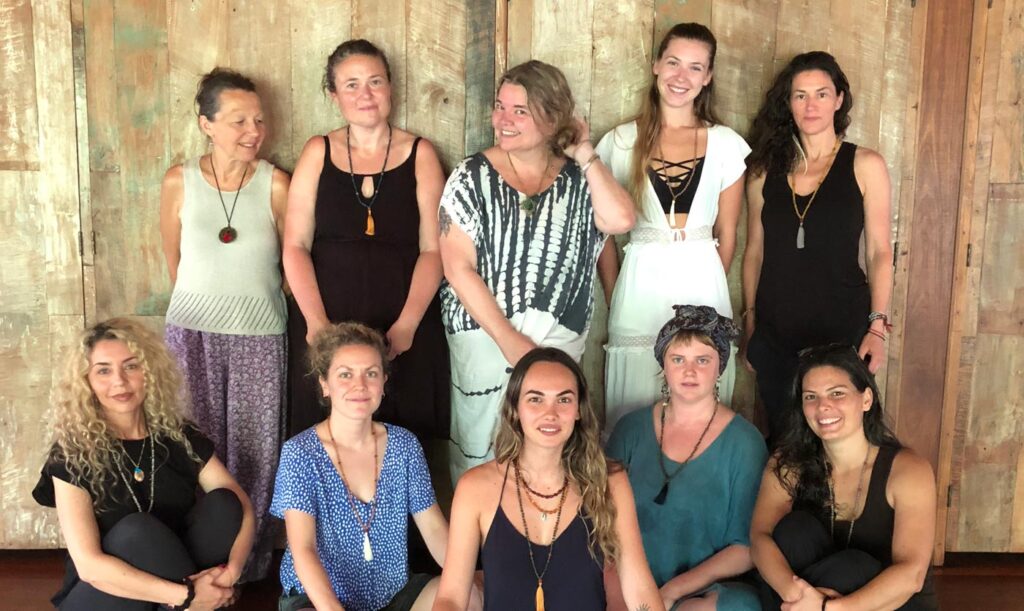Level 1 Professional Training:
Level 1 Breathwork Practitioner Training will give you a solid grounding in:
- The history, theory, spirituality and practice of rebirthing & creative breathwork and Cellular Memory Release
- Working with the 5 elements, Air, Water, Earth, Fire & Spirit (Ether) and using them for essential purification and self-care.
- Learning to hold space for others and beginning in facilitation of breathwork
- Integration
- Clearing energy and purification
- Birth, Conception & Gestation Traumas
- Identification of Personal Law and it’s significance for healing
- Identification, and working with parental, familial & ancestral patterns to heal them for yourself & clients
- Typical traumas experienced in life (birth, school, past-life, religious etc) and how we approach these in order to heal them & break the cycle of trauma being passed on to others
- Unconscious Death Urge Theory
- Understanding personality types and how different personalities express birth and early childhood trauma
What you will need for the course:
- Journal dedicated to this course
- Folder to put all of the downloadable documents in (This will be your resource for when you are working with practice clients)
- Speaker to listen to audios and music for your breathes
- Good WiFi connection
- A quiet place dedicated to your breathing practice
- A willingness to do the practices everyday
How to navigate this course:
Go to the downloadable forms page and print out all of the PDF’s to put in your folder
Go to the downloadable forms page and print out all of the PDF’s to put in your folder
.Print out all the PDF’s as you go through the course and add them to your folder. This will be an invaluable resource for when you are working with clients.
Take your time reading the content and set up a time every morning to work on the course. Same time every day to do your breathing practices will help you form a habit.
Take your time reading the content and set up a time every morning to work on the course. Same time every day to do your breathing practices will help you form a habit.
Order some of the books on the reading list to ad to your knowledge of breathwork. Some books are out of print or hard to find. I found a stack of books on Breathwork at a second hand bookshop.
Once you have completed level 1A please send an email telling us of your completion and you will be sent a login to Level 1 B
You can email me at soulsupport@creativebreathwork.com with any questions.
You can email me at soulsupport@creativebreathwork.com with any questions.
Course Content
Expand All
Lesson Content
0% Complete
0/3 Steps
Lesson Content
0% Complete
0/5 Steps
Lesson Content
0% Complete
0/3 Steps


